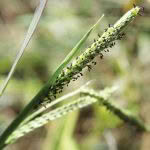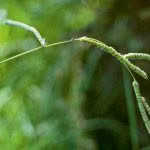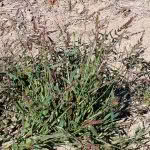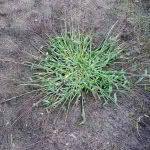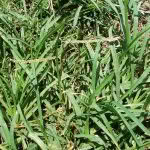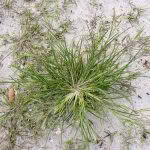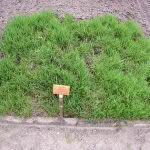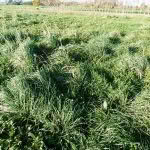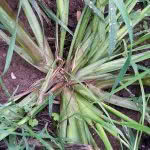How to care for your pasture this autumn
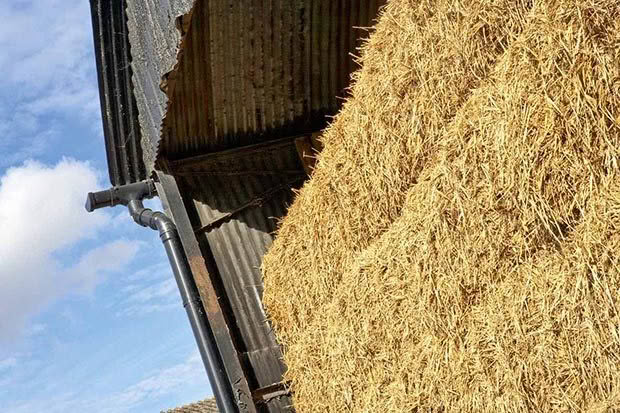
It’s time to make some tough decisions to make sure you make it through autumn. Here are some tips to ensure your pastures stay in prime condition.
Words: Clive Dalton
If there isn’t good rain in your area this autumn to allow good pasture recovery then you’ll have to plan to buy supplements (silage and hay) or get rid of stock. The biggest mistake you can make is to hang onto stock believing rain will deliver an ‘autumn flush’ of pasture, but this may never come before the first frosts arrive.
– Take a close look at your pasture and see what’s there and what has disappeared over the summer. For most of us, clover will be hard to find and so will ryegrass – it will still be there but it’ll be brown and frizzled. You’ll have to look carefully to find the green growing point at ground level from which new tillers will grow when it rains. Any long dead-looking brown grass will be Browntop which is an unproductive species and a sign of low fertility, so if your paddocks are all Browntop, it means you need fertiliser.
– Don’t be fooled by all the dead litter on the paddocks, which makes it look as if there’s some feed value present. It’s a great source of fungal growth (for Facial Eczema) and after the first autumn rains it will be all gone in a few days leaving large areas of bare ground. This provides light and space for ryegrass and clover but it will be many weeks before it will provide good feed.
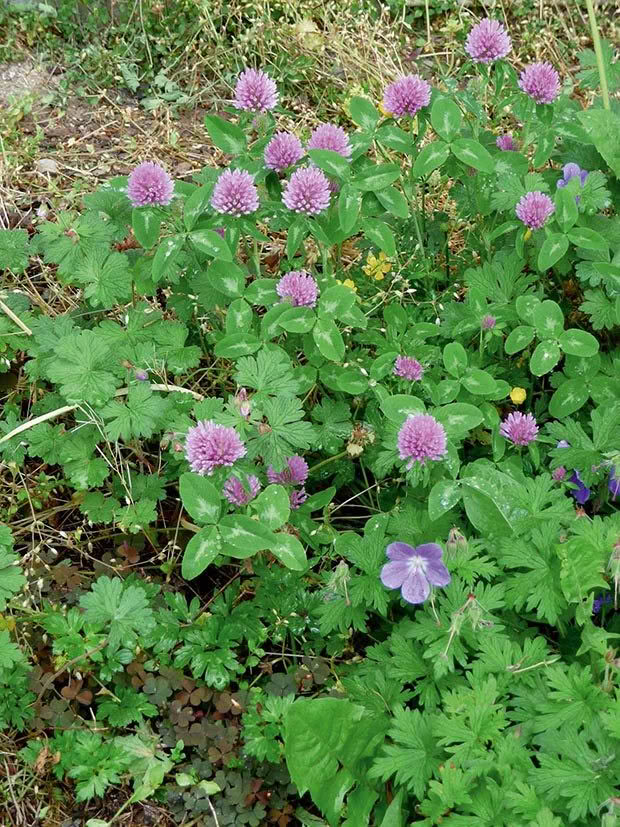
Red clover tends to be more like a creeper.
– Make sure no autumn pasture is wasted as this has to get you well into winter, to save money if nothing else. Have a good rotational grazing plan which avoids pugging wet soils. This may mean very wet areas go out of rotation altogether over autumn and winter.
– Think about making a stand-off pad for this coming winter. More farmers are realising the damage pugging can do to soils, especially with cattle. Getting them off pasture in wet conditions makes both environmental and economic sense. Pugging damages the delicate soil crumb structure, which can take years to repair and the damage may even be permanent.
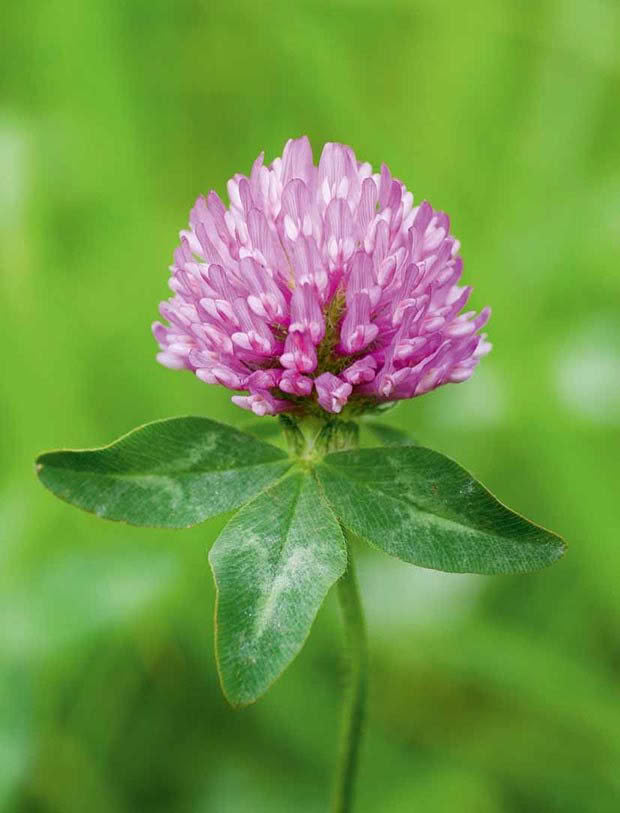
– If you think your ryegrass and clover has gone completely, resowing may be the best option. There are many ways to do this but they all cost money. The job needs to be done correctly, so get some professional advice and preferably a professional contractor to drill it for you. Plant ryegrass cultivars that persist for many years, as some recent ones have not done this in certain areas.
– Weeds, especially thistles, love the rain after a dry period. Too many farmers fail to spray thistles while it is in the young vegetative stage. If left, plants have time to build up root reserves and eventually go to seed. Thistle down is not a nice present for your neighbours either.
– Any pastures that have survived summer in the seed head state could do with topping to let the light into the base for new ryegrass tillers (shoots from the growing point in the plant base) to grow. The seed from these dead plants will have dropped off and will eventually get into the soil and remain there for years as ‘hard seed’. They will germinate again and grow over time, but won’t provide quick winter feed.
– Hopefully, if you get autumn rains while the ground is still warm, a light dressing of Nitrogen fertiliser (20kg N/ha) will stimulate some pasture growth. Think of Nitrogen as a growth promotant, but remember you will not get a good response (eg, 10kg DM/Ikg of N) if any of the other major nutrients (especially P, phosphorus) are lacking. Check your last soil test and plan to have another one done.
GRASSES OF AUTUMN
- Paspalum, Paspalum dilatatum
- Paspalum, Paspalum dilatatum
- Summer grass, Digitaria sanguinalis
- Summer grass, Digitaria sanguinalis
- Crow foot, Eleusine indica
- Crow foot, Eleusine indica
- Browntop, Agrostis capillaris
- Browntop, Agrostis capillaris
- Cockspur, Echinochloa crus-galli
- Cockspur, Echinochloa crus-galli
Over the summer and into autumn the main species you’ll see are the semi-tropical grasses that provide welcome feed, but are almost always of poor quality and will disappear when temperatures drop.
AUTUMN PASTURE TIPS
• All rough growth on paddocks should be taken right off. If you have mature cattle, or can borrow some, make them work to clean it all off, especially tufts of cocksfoot.
• If this leaves a lot of dead rubbish, remove it as it’s always a source of fungal growth.
• What the cattle won’t eat, take off with a slasher or weedeater. If you don’t, fresh green regrowth will be slow.
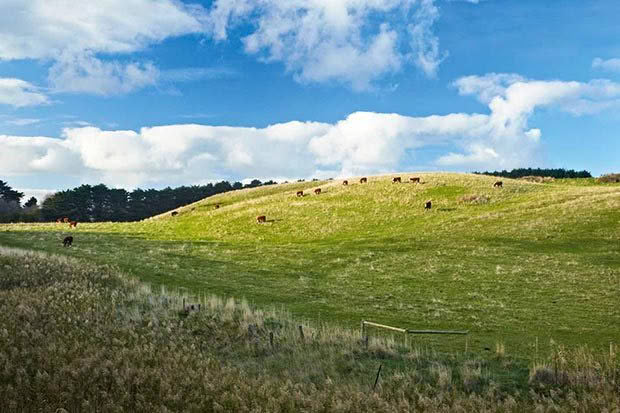
• After this clean up, give the paddocks a light chain harrowing to spread dung pats.
• Slash off any beds of Californian thistles (just before it rains if possible) dead docks and ragwort and plan to treat them early next spring. Lack of early action means their seed will be with you for a long time. Old saying: ‘One year’s weeds is 40 years’ seeds.’ Research shows that cutting off thistle just before rain helps to kill them off.
• Don’t shift the fence every time the cattle moo at you. Move it on what the pasture utilisation looks like.
• Make a stand-off area for cattle during wet periods in winter to avoid pugging.
• After an extended summer dry spell, you may have to consider some ‘pasture renovation’. This can be expensive so seek professional help.
• Get a soil test done and seek advice on what fertiliser is needed.
